Sri Lanka is well known for its tea. Ceylon Tea is readily available in any supermarket and cafe, and we think nothing of dropping a tea bag in hot water to start the day or for an afternoon comfort. Tea comes in many shapes and tastes and, in the coffee-obsessed society we live in, we tea drinkers have something special too… But how is it made? Geragama Tea Factory was built in 1903 and makes an interesting visit if you are travelling from Colombo to Kandy.
Table of Contents
History of Tea in Sri Lanka
The British first brought tea plants from China to the Royal Botanic Gardens in Peradeniya, for non-commercial purposes. At the time, the British exploited coffee in Ceylon, however plants were stricken by a fungal disease. The humidity, cool temperatures and rainfall of the Central Highlands, especially around Ella, provide an ideal climate for the production of high-quality tea.
James Taylor was the first to develop a tea plantation in 1867, and the trade grew exponentially in the 1880’s.
The introduction of tea significantly contributed to the development of the Sri Lankan economy, turning it from a traditional to a plantation model. The British built roads and railway lines to ensure efficient transportation of tea from the mountains to Colombo.
There are three types of tea, divided according to elevation: low-grow tea is cultivated from sea-level up to 600m and comes mostly from the south of the island. It is known for its strong taste. Mid-grow tea is cultivated between 600m and 1200m and is often blended. High-grow tea comes from plantations located above 1200m.
Nowadays, Ceylon Tea is a significant economic asset for Sri Lanka. It yields 2% of the country’s GDP and employs over one million people. Whilst Sri Lanka is not the largest producer of tea (it comes behind China and India), it is certainly the largest exporter.
Geragama Tea Factory
On the road from Colombo to Kandy, the Geragama Tea Factory is a time-travel experience. Not much has changed since 1903 when the factory was established.
You can take a guided tour through the operational areas and see how tea is processed, from newly-harvested green leaves to dried and graded high-quality tea, ready for consumption. There is a charming tasting room where you can sample and buy tea at the end of your visit.
Tea Processing
The transformation of tea leaves is a delicate and well-rehearsed process, which was initially done all by hand and is now helped by machines. Today, machines haven’t completely replaced the handmade process, as tea plants are delicate and need gentle treatment in order to ensure quality. At Geragama Tea Factory, most machines go back to the early days and the process hasn’t changed in generations.
Plucking
Plantation workers, mostly women, pluck the tea leaves by hand, usually in spring and summer. Depending on weather conditions, picking can also take place in autumn and winter. For each plant, you only pick a terminal bud and two young leaves. Different types of tea (white, green, black…) come from the same plant but are processed differently.
Withering or Wilting
Straight after picking, the tea leaves start wilting in the humid atmosphere of Sri Lanka. In the sun or in a breezy room, the leaves sit to wither for a while in order to remove excess moisture and introduce some oxidisation. As early in the process, the flavours start developing.
Disruption or Leaf Maceration
Shaking or tossing the leaves in baskets bruises them and releases the flavours further. This is now done by machines, but the ones in Geragama Tea Factory were pretty old!
Oxidation or Fermentation
This is the “browning” of the leaves. They sit in a temperature-controlled room until they turn darker.
Fixation or “Kill-Green”
This step is where you warm up or steam the leaves in order to stop the oxidation process. This is done at various stages of oxidation, depending on the type of tea you want to create.
Rolling or Shaping
This next step consists in rolling the leaves in order to wrap them around themselves. I would have loved to have a go myself! The factory workers twirl, roll the tea leaves in little balls. Or twist, knot and even pack them in bricks. The rolling machines do the work now!
Drying
This is done by sunning or air drying.
Ageing or Curing
Sometimes you need a second fermentation in the creation of a tea. To create flavoured tea, you need to then spray the leaves with aromas or store them with flavorants.
Grading
Grading is done by size in Sri Lanka. The only recent machine at Geragama Tea Factory separates tea leaves by colour!
Sampling and Buying Tea
After your visit, you can sample the different teas, starting from the lightest, such as golden or silver tips, to green and different types of black tea. On a personal note, I very much welcomed having a tea break after the visit, as the factory is a hot and steamy environment. I was able to buy a selection of tea, which I am still enjoying today!
Tea Plantations and Tea Factories
You will find the most spectacular tea plantations in the Central Highlands, in Nuwara Eliya and Ella. If you don’t have a lot of time, or if you are on your way to
Also, don’t miss a visit to spice garden, a batik factory and the Peradeniya Botanical Gardens.
Related Posts
Sri Lanka Spice Gardens
Temple of the Tooth
Kandy Sri Lanka
Things to do in Kandy
Sri Lanka
Have you experienced a tea plantation in Sri Lanka? Which one would you recommend for my next trip?
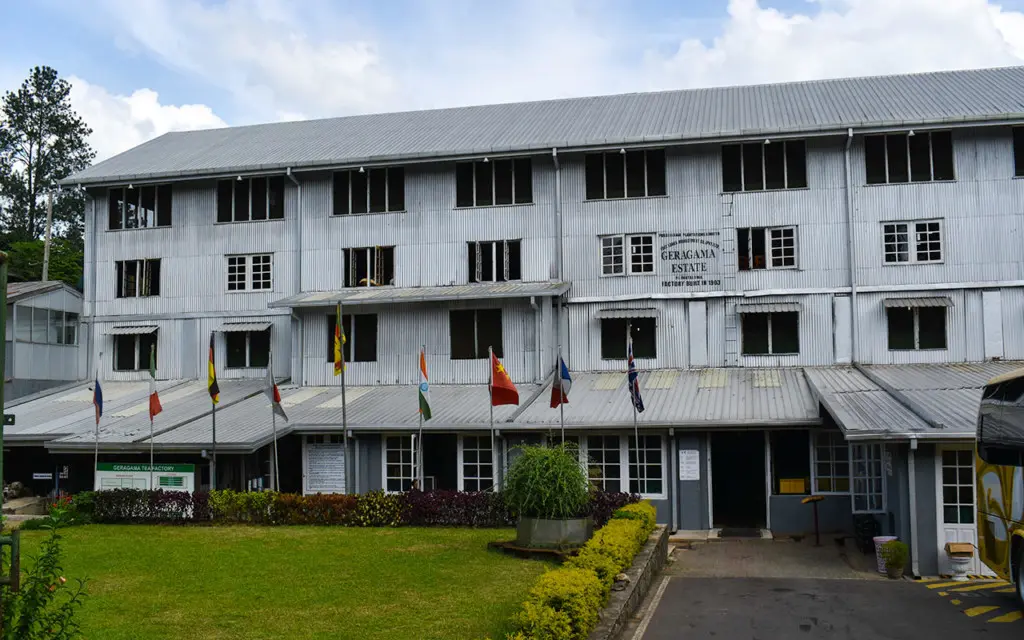
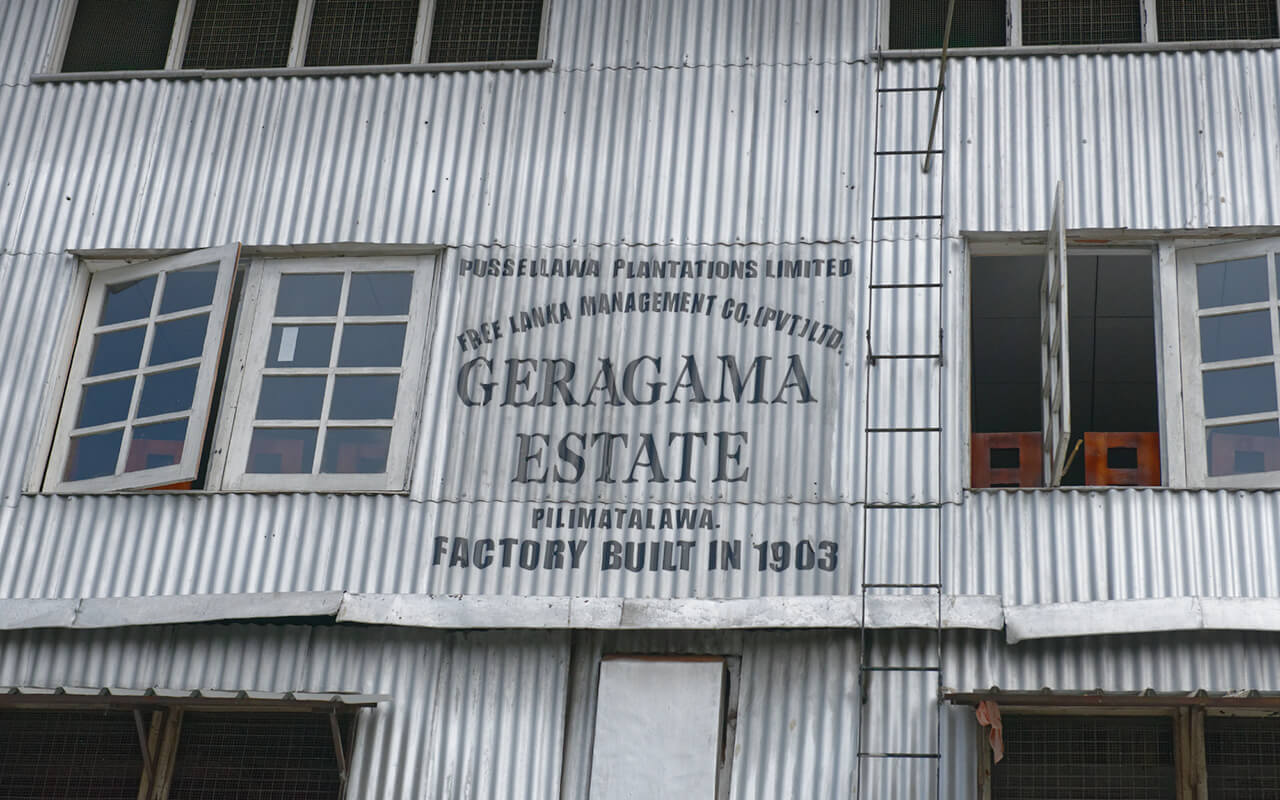
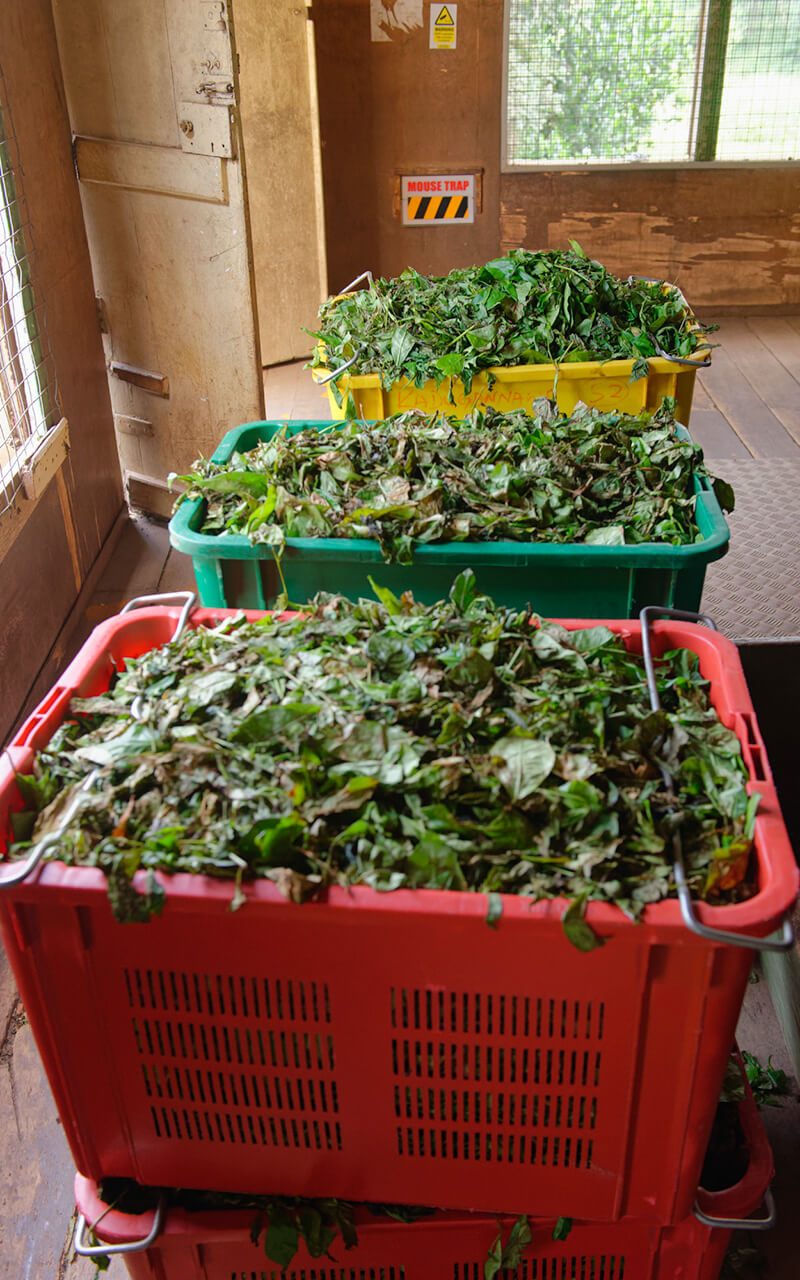
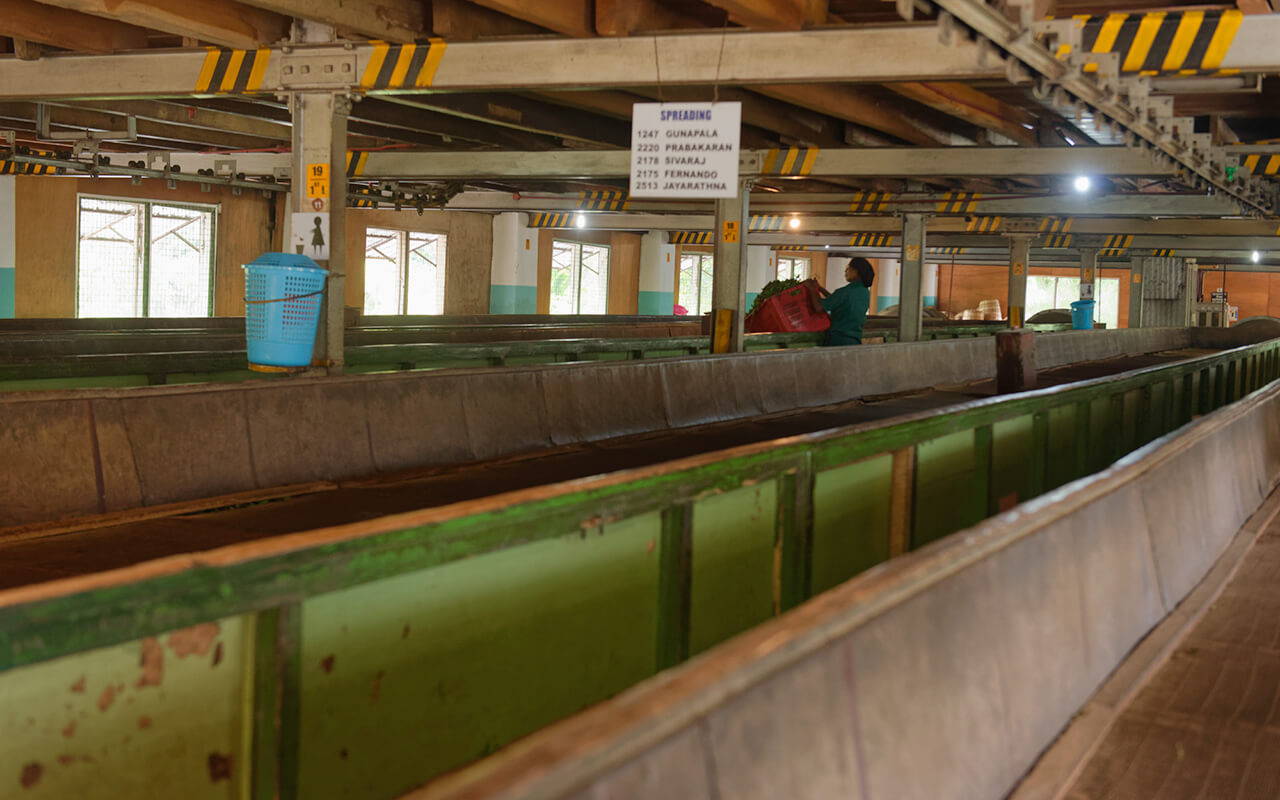
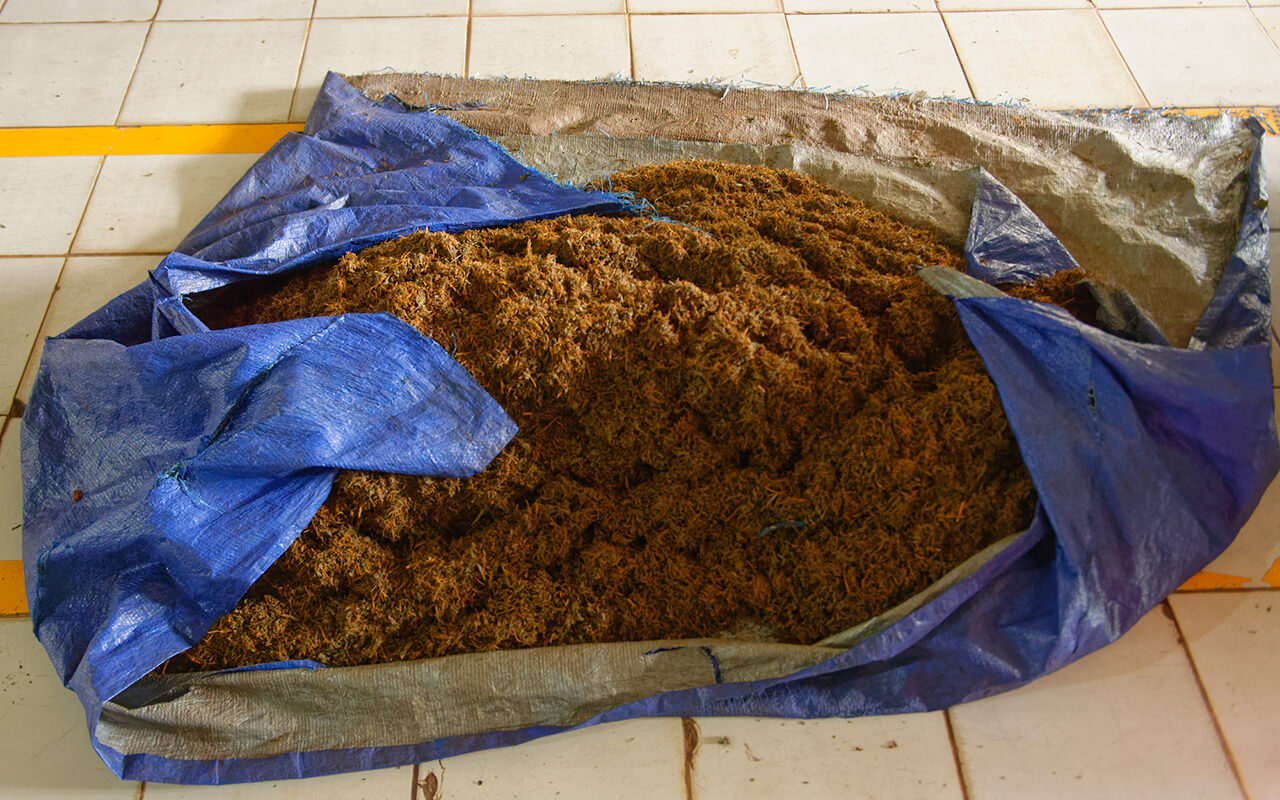
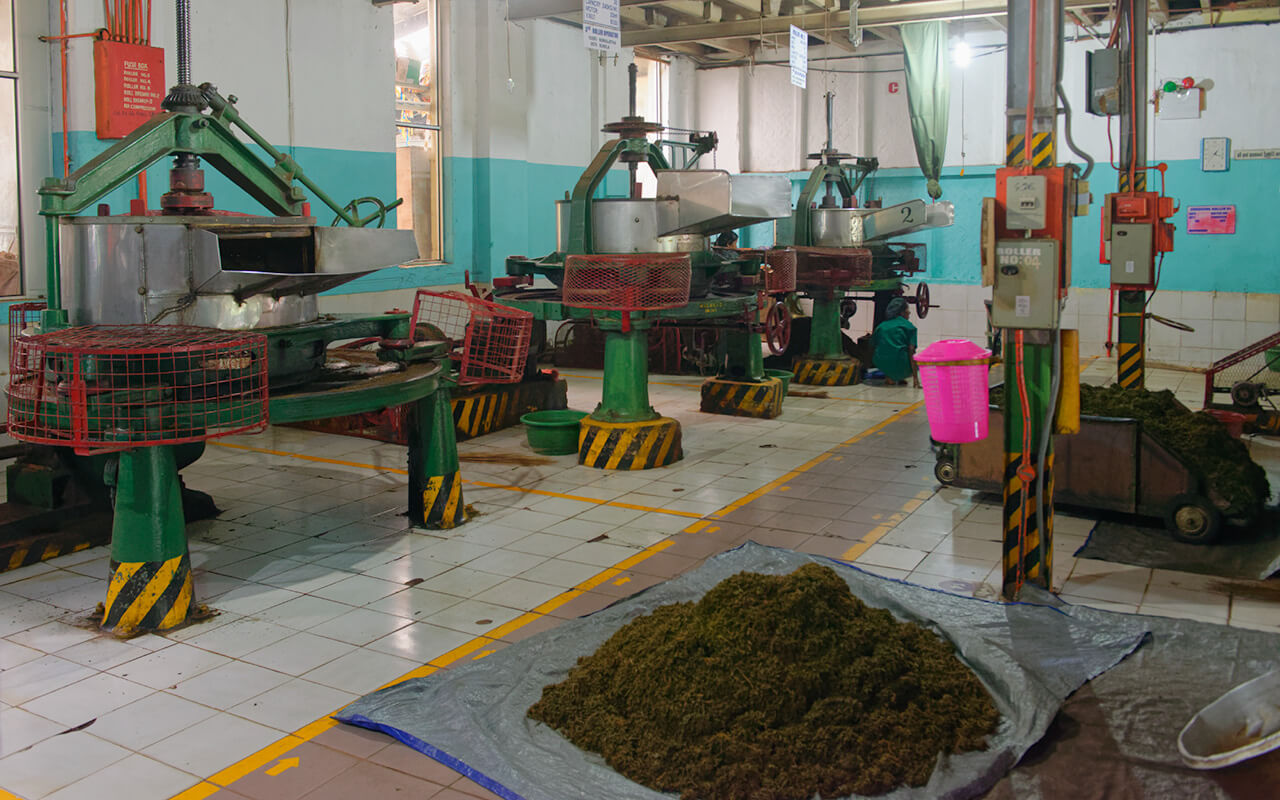
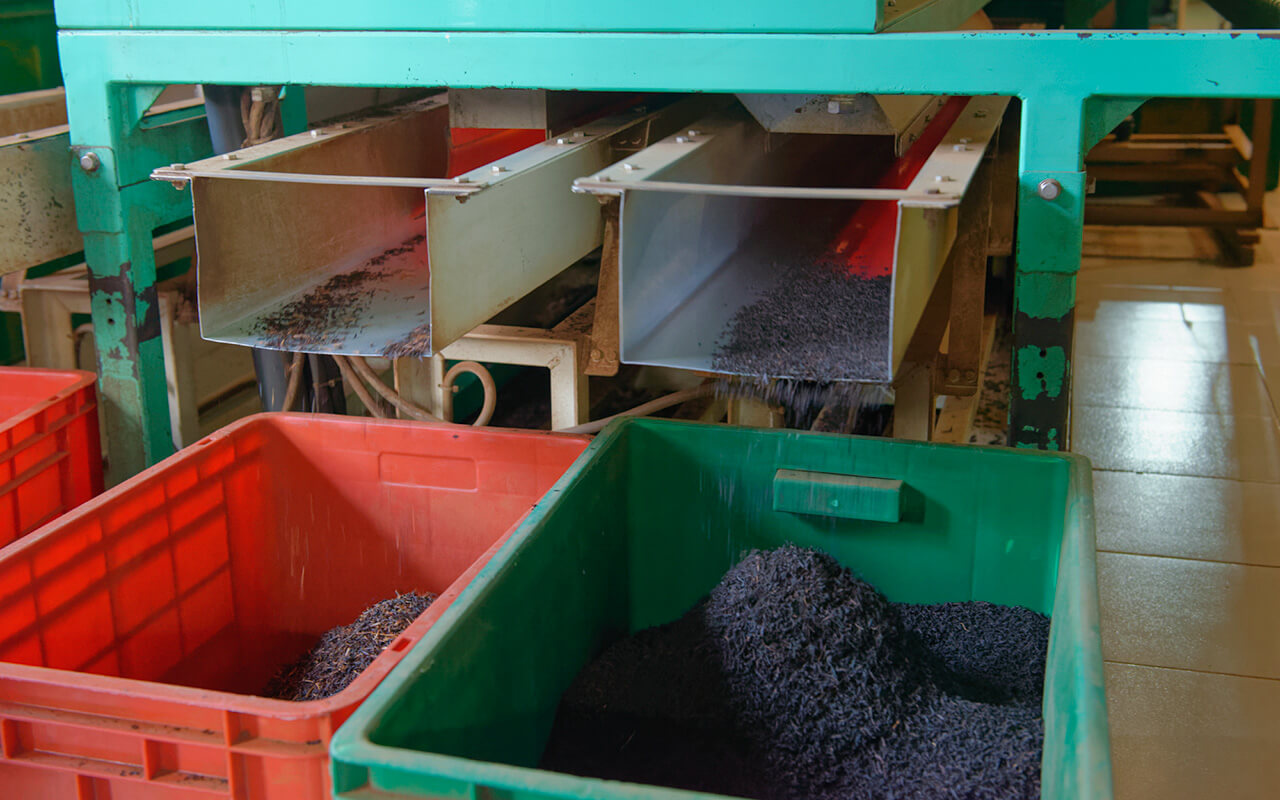
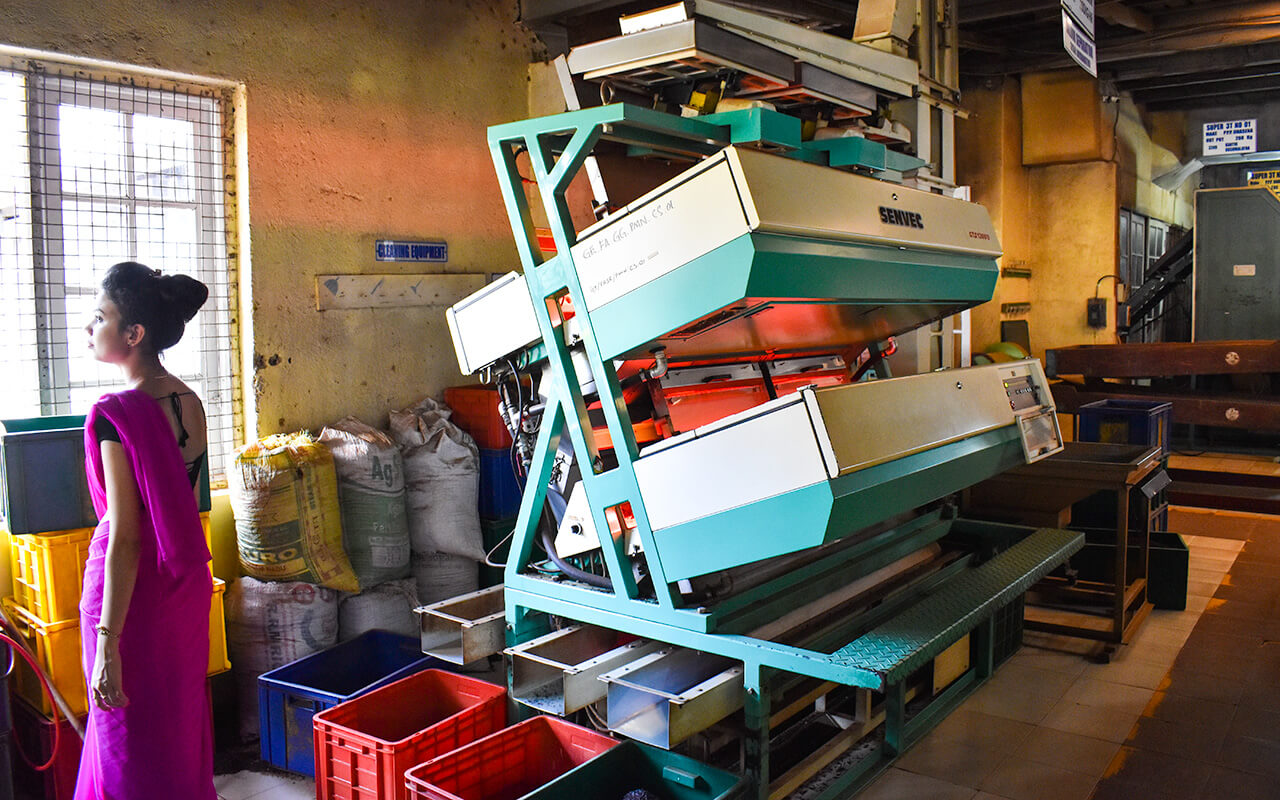

Ive heard so much about tea from Sri Lanka! My flatmate is from there and she is just there on holiday so I definitely have to ask her to bring me some! I can’t wait to try it and I can’t wait to visit that wonderful country!
Ada, I bought some tea in Sri Lanka and it was absolutely excellent. I’ve run out now and had to go back to my usual pick. I like black flavoured tea and I found them to be a bit too weak after several weeks of strong flavoursome Sri Lankan tea. I’ll have to get a big stock next time I go!
Oh wow, thanks for letting us see inside! I’d no idea how tea was made – not a tea drinker! But this was fascinating to read and look a the photos 🙂
Mica, thank you for dropping by! I especially loved the visit as I’m a tea drinker (no coffee at all) but I’m sure the coffee making process is as fascinating!
What a great post with lovely pictures! It makes me want to pack my bags!
Thanks Erica, I’m glad you like it. Sri Lanka is a great destination with very interesting things to visit. I hope you get a chance to visit some day.
I love tea! In fact I’m drinking tea right now as I’m typing this 🙂 Visiting a tea factory is so cool. Love learning how things are made and where things come from. Hope I can visit one too.
Hi Joline, the tea factory is pretty much as it was built in 1903, very vintage! There is only one modern machine in the whole place, to separate tea leaves based on colour… It was a very interesting visit (and shopping experience), I highly recommend it if you get to Sri Lanka.
This is so interesting! I have always been a coffee drinker but you are definitely enticing me to have a cup of tea this afternoon!
Hi Julie, I’d never visited a tea factory and it certainly opened my eyes on how intricate the process is. Tea appears to be such a simple drink but in reality, a lot of effort has gone into getting it ready!
It is called this plantation is the last point of Pilimathalawwe Kumari (Daughter of late Pilimathallawwe – (A famous noble in Last Kandyan era), who lived until her death, with her “Bird shaped pendant & necklace ” on her neck , which was gifted by her true love, last king – Sri Wickrama Rajasinghe, whome caught by British in 1815 & exiled to Vellore India as a lifetime prisoner.
Hi Ashi, thank you for this additional information, I didn’t know this about Geragama Tea Factory!